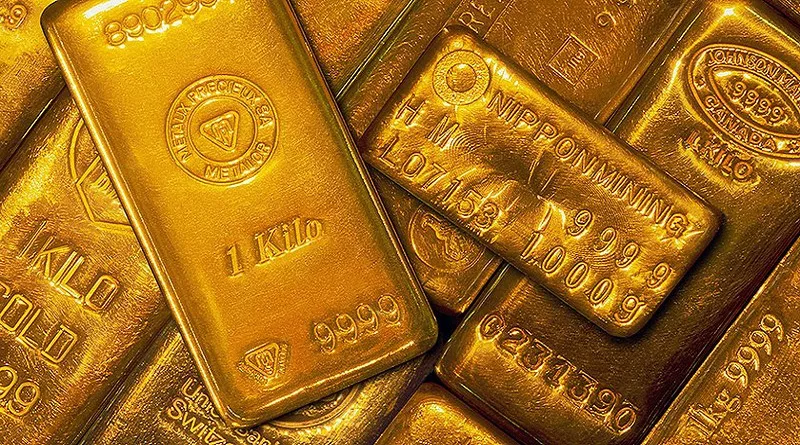Gold has held an esteemed place in human history, serving as a symbol of wealth, power, and stability. Understanding its historical pricing provides valuable insights into economic trends, societal changes, and the enduring allure of this precious metal. This article explores the price of gold in 1850, the factors influencing it, and its broader implications within the context of that era.
The Economic Landscape of 1850
To appreciate the price of gold in 1850, it’s crucial to consider the economic backdrop of the time. The mid-19th century was characterized by significant events and transformations:
The California Gold Rush
The California Gold Rush, ignited in 1848, fundamentally changed the dynamics of gold availability and its perception. By 1850, thousands of prospectors flocked to California in search of fortune, dramatically increasing the supply of gold in circulation. This influx played a critical role in shaping the economy of the United States.
The Industrial Revolution
The Industrial Revolution was in full swing, particularly in Europe and North America. As industries grew, the demand for metals—including gold—expanded. Gold was not only used for currency but also found applications in various sectors, including manufacturing and jewelry.
The Gold Standard
During this period, many countries, including the United States and the United Kingdom, adhered to the gold standard. This system tied the value of currency directly to gold reserves, which helped stabilize economies but also fixed the price of gold.
See Also: The Price of Gold in 1849: A Historical Perspective
The Price of Gold in 1850
In 1850, the official price of gold was approximately $20.67 per troy ounce in the United States. This price had been established in 1834 and remained stable for several decades due to the fixed nature of the gold standard. The British price for gold was around £4.25 per troy ounce during this time, reflecting a similar stability in gold pricing across the Atlantic.
Price Stability and Fluctuations
While the price of gold was fixed, various external factors influenced its perceived value and availability:
Increased Supply: The discovery of gold in California led to a surge in the gold supply, which had long-term implications for its price. Although the official price remained stable, the increased availability influenced public perception and market confidence.
Inflationary Pressures: The influx of gold from California contributed to inflationary pressures in the economy. As more gold entered circulation, the value of existing currency could diminish, prompting discussions about monetary policy and the implications of gold supply on overall economic health.
Factors Influencing Gold Prices
Several factors shaped the gold market in 1850:
Geopolitical Factors
The global political landscape, including wars and trade agreements, significantly impacted gold prices. Countries sought to bolster their reserves to enhance economic stability and military power.
Economic Demand
As industries expanded, the demand for gold surged not only for currency but also for industrial and decorative purposes. This increased demand contributed to the overall perception of gold as a valuable asset.
Currency Regulation
The adherence to the gold standard regulated how much currency could be printed based on gold reserves. This practice ensured that gold prices remained relatively stable but also limited the flexibility of monetary policy.
The Role of Speculation
While the official price of gold remained fixed, speculation in gold mining and trading emerged as a common practice among investors. The allure of gold, especially following the discoveries in California, led to increased speculation about its future value. This speculative nature created fluctuations in the market, influencing investment decisions and economic strategies.
Gold’s Cultural Significance in 1850
Gold’s cultural importance in the 19th century extended beyond mere economics. It symbolized wealth, power, and success. Many people believed that possessing gold equated to social status and financial security. The California Gold Rush not only attracted miners but also entrepreneurs and visionaries who sought to profit from the gold rush’s momentum.
Conclusion: A Snapshot of Gold in 1850
The price of gold in 1850, set at approximately $20.67 per troy ounce, reflects a period of stability amidst significant change. The California Gold Rush, the Industrial Revolution, and the adherence to the gold standard shaped the economic landscape and influenced public perception of gold’s value. While the official price remained stable, various factors, including increased supply and geopolitical considerations, impacted its significance.
Gold’s enduring allure continues to captivate individuals and nations, and its historical pricing offers a fascinating glimpse into the economic and cultural shifts of the 19th century. Understanding the price of gold in 1850 not only enriches our knowledge of this precious metal but also illuminates the broader economic and social dynamics of a transformative era.
You Might Be Interested In
- What is the Going Price for Gold?
- Is GLD the same as XAUUSD?
- Why is Gold Trading Considered the Best?


